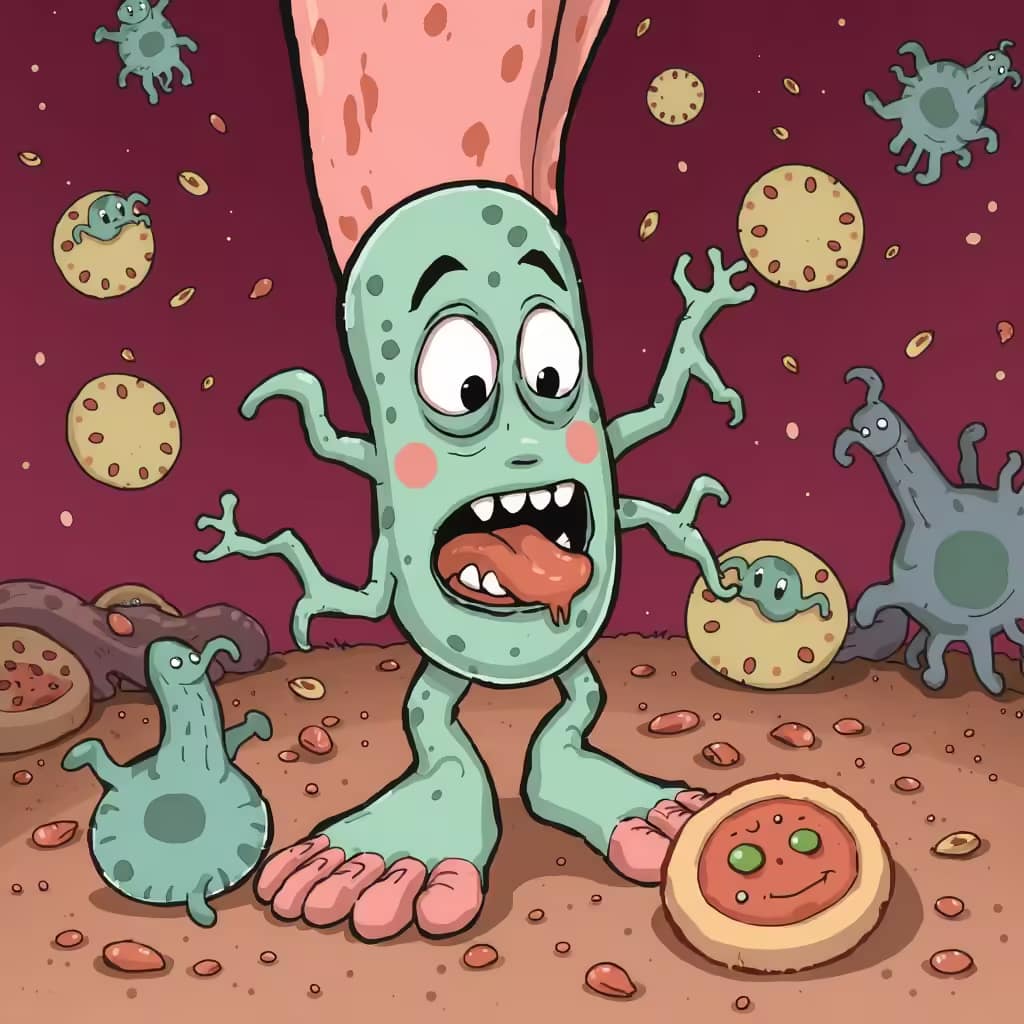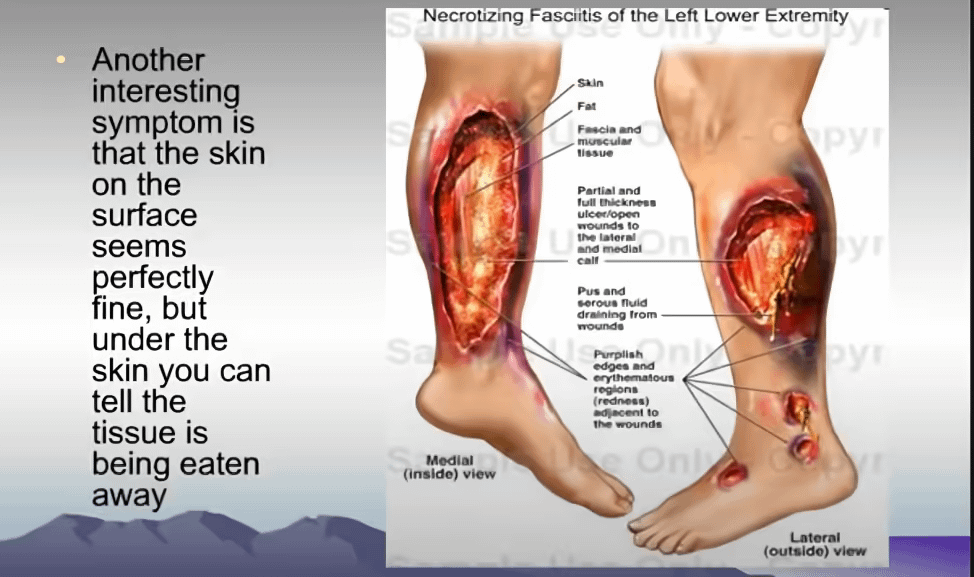Among the almost countless array of infectious diseases, relatively few achieve notoriety merely because they are rare but even more because they are extremely severe and potentially fatal. One of these conditions is known as necrotizing fasciitis (NF), or in layman’s terms, the “flesh-eating disease.” The rapid progression and destruction of soft tissue make it a very challenging condition not only for the patient but also for health providers. The following blog post aims at going deeper into the etiology, clinical presentation, diagnosis, treatment, and implications of necrotizing fasciitis with appropriate highlights of the critical nature of timely intervention.
Understanding the Etiology
The infection is primarily polymicrobial in nature, with the most common causative organisms including but not limited to group A Streptococcus (GAS), Staphylococcus aureus-including methicillin-resistant strains, and anaerobic bacteria like Bacteroides and Clostridium species. There are a number of entry sources with which the infection may occur, and it often originates at sites of trauma, surgical wounds, insect bites, or even through spontaneous cases where no breaks in the skin can be identified.
Although the general population may be at risk, specific risk factors make individuals more likely to develop necrotizing fasciitis. These include diabetes mellitus, immunocompromising states, such as HIV/AIDS or cancer, chronic kidney disease, and chronic alcoholism. Obesity may further increase the risk, as does any cause of impaired circulation, such as peripheral vascular disease.
Clinical Presentation
The onset of necrotizing fasciitis is often insidiously deceptive. Initial manifestations classically manifest as pain, swelling, and erythema, which can rapidly progress in a few hours to much more critical presentations. Most patients describe deep tissue pain that does not correlate with the degree of visible signs, serving as an important diagnostic clue.
As the process continues systemic symptoms may occur such as:
– Fever and chills
– Nausea
Features: Rapid heart rate
Low blood pressure, suggestive of septic shock
An important hallmark of necrotizing fasciitis is that necrosis or death tissue occurs rapidly. It often takes place along the fascial planes and presents an impressive, alarming clinical condition. The disease process has usually advanced so far by the time patients reach the health care facilities that it must be approached in an emergency setting.
The timely and accurate diagnosis of necrotizing fasciitis is difficult but is crucial as an immediate initiator of proper treatment and lowering morbidity and mortality. A combination of clinical assessment and imaging studies is used in the diagnostic process.
Systemic toxicity and changes in local tissue can be manifestations of physical findings by a physician, including bullae, skin discoloration, and crepitus, a crackling feeling under the skin. Imaging studies such as an MRI or a CT can help determine the extent of involvement by fascia and demonstrate gas in the tissues, suggesting an anaerobic infection.
However, the most definitive diagnosis is through surgical exploration. This helps doctors not only to confirm fascial necrosis but also to debride necrotic tissues, which are essential in diagnosis and management.
Treatment Plans
Management is a multi-faceted aspect that primarily involves a treatment plan of surgical intervention, antibiotic therapy, and supportive care.
Surgical Debridement: Aggressive surgical debridement is the cornerstone of treatment. All necrotic tissue will have to be meticulously removed in order to limit further spread of the infection and to enhance healing. Some infections may be managed conservatively, but necrotizing fasciitis does not fall into this category, as prompt and extensive surgical intervention is required.
Antibiotic Therapy: The antibiotics to be used must be broad-spectrum initially in an attempt to treat the many pathogens until specific sensitivities are identified. Combination therapy is frequently employed to treat the various bacterial organisms involved in the disease process. Agents in initial regimens include clindamycin, an inhibitor of toxin production, and beta-lactam antibiotics.
Other than the interventions mentioned above, support care must be available and continued. Support care includes fluid resuscitation, pain management, and respiratory monitoring among patients diagnosed with septic shock. There may be a need for intensive care for severe manifestations with multi-organ dysfunction.
Prognosis and Implications
It is highly dependent on how promptly intervention is instituted and on the patient’s underlying conditions. Even with aggressive management, the mortality rate can vary greatly, ranging from 20% to 70%, depending on a host of factors, such as patient demographics and causative organisms involved.
Moreover, survivors of necrotizing fasciitis have long-term consequences like severe cosmetic disfigurement, loss of function, and psychological trauma due to the disease. Both physical therapy and psychosocial counseling form important aspects of treatment following the infection.
Conclusion
Necrotizing fasciitis is a serious and potentially deadly disease and remains such unless there is more vigilance to suspect, diagnose, and treat aggressively. Such complexities surrounding its presentation and management create an area that demands continued study and education within the medical community. For the average citizen, comprehension of the dangers it poses and campaigning for early medical attention at first signs of unfamiliar pain or swelling can become a lifesaving entity. As the health organizations continue to assess this condition, more research in the prevention, rapid diagnosis, and new treatments would contribute profoundly in fighting the battle against necrotizing fasciitis.




